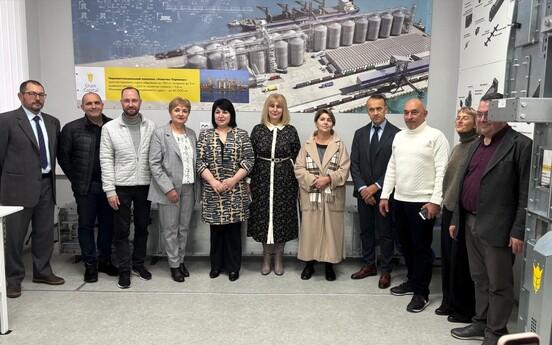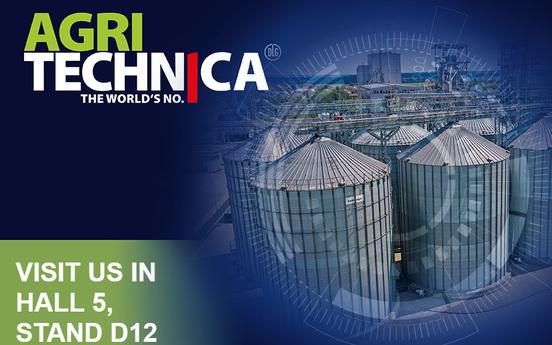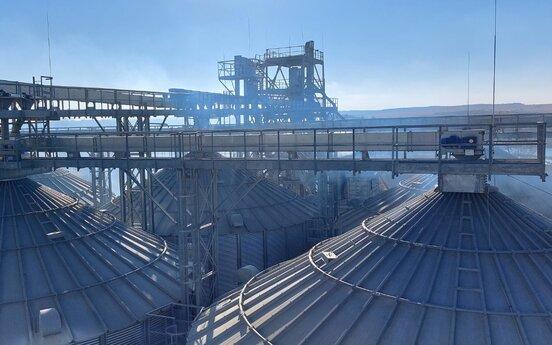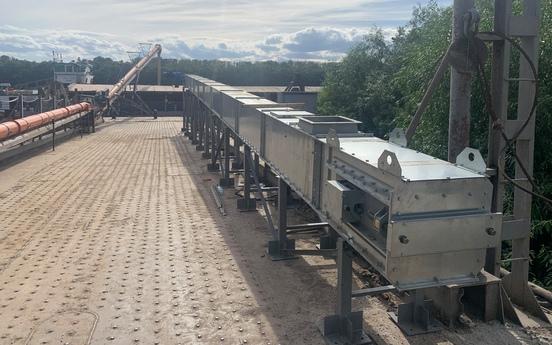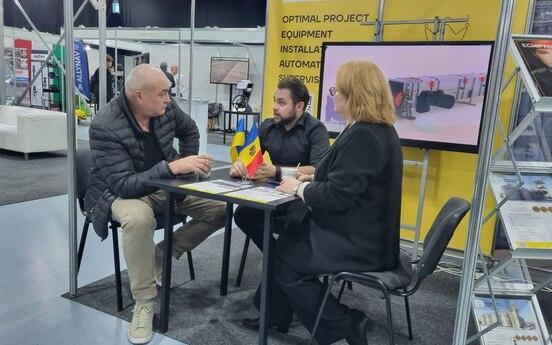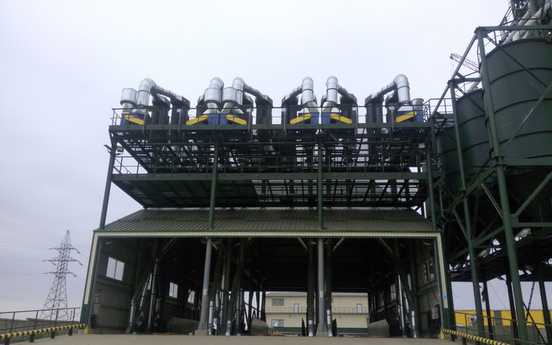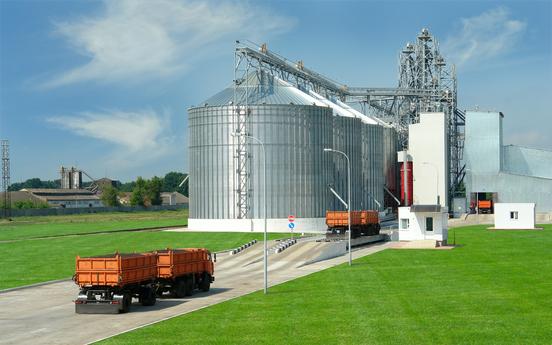Economic effect from the introduction of modern aspiration
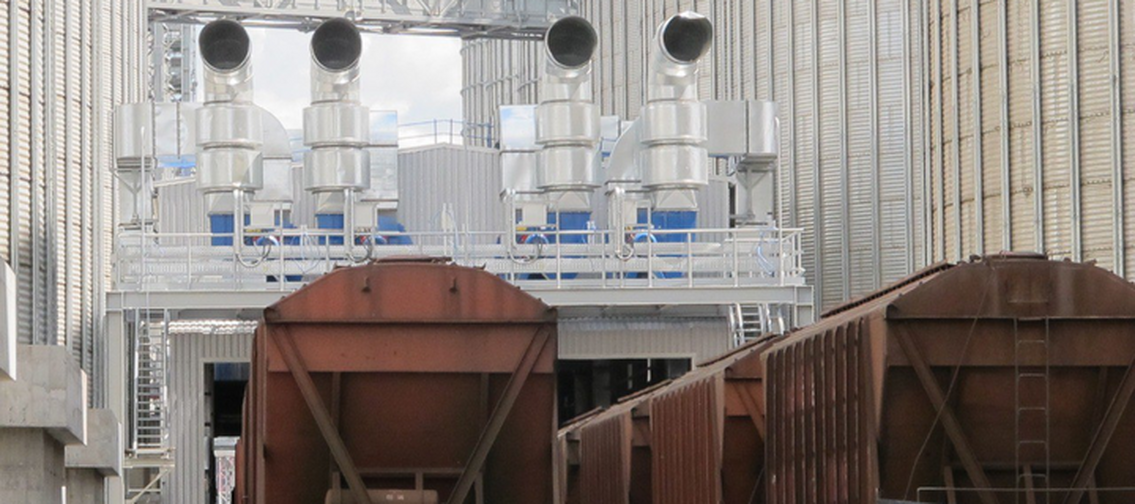
Aspiration is an integral part of any elevator's operation, which determines the level of production safety, grain storage efficiency and compliance with international standards. A large amount of dust is generated during the transportation and drying of grain. This means the risk of explosions, deterioration of working conditions, and accelerated equipment wear. A properly designed aspiration system solves these problems comprehensively: it provides stable air purification, reduces the concentration of explosive microparticles, and reduces the load on elevators and conveyors.
Problems of traditional aspiration units
Most old elevators use aspiration units that do not meet modern requirements. They are characterized by low energy efficiency: electricity consumption per ton of processed grain can be 1.5-2 times higher than in newer designs. Due to the wear and tear of components, breakdowns are regular, and the cost of repairs per season exceeds the cost of preventive maintenance of modern equipment. The lack of high-quality aspiration poses risks to personnel – the concentration of contaminants is often 5-7 times higher than the permissible standards, which can lead to fines and occupational diseases.
Modern air purification systems: technologies of the future
A new generation aspiration system is based on three key points. The first is the right equipment. Only an aspiration specialist, based on experience and an audit of the grain processing (sugar, flour, etc.) enterprise, can offer the optimal type of aspiration system and type of aspiration unit.
Secondly, the aspiration project is made in detail. It consists of the following stages:
- Collection of all necessary technical specifications and data;
- Development and calculation of aspiration networks;
- Selection and arrangement;
- Creation of a functionally complete set of project documentation.
Thirdly, new generation aspiration systems can be intelligently controlled: sensors and regulators automatically maintain the required air flow depending on the load.
The example of local filters ZEO-FUG and ZEO-FW from Grain Capital shows how aspiration solves the problem of dust directly near the machinery. They collect contamination at the point of generation and immediately return the captured particles to the production cycle, which reduces losses and improves working conditions. The ZEO-VAB flap system demonstrates a different approach: thanks to its valve design, it minimizes the escape of residues from the hoppers and reduces energy consumption.
For centralized solutions, the efficiency can be seen in the ZEO-FC cyclone filters and the ZEO-FCS and ZEO-FK baghouse designs, which clean large volumes of air and ensure stable operation even under peak loads. At the same time, ZEO-RW sluice feeders guarantee safe removal of microparticles without compromising the tightness of the mechanism, allowing the product to be returned to the process.
Cost-effectiveness of the aspiration system
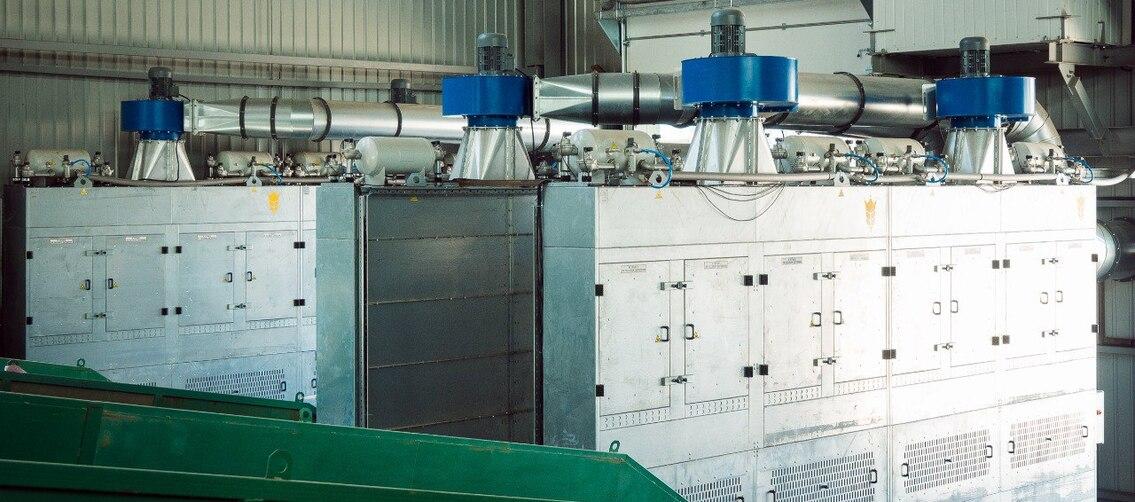
The cost-effectiveness of modern solutions is manifested in several ways.
- The most obvious is energy savings. Switching from traditional aspiration to new aspiration equipment reduces consumption by 18-25%. For example, an elevator with an annual volume of 100 thousand tons saves about 250 thousand kWh.
- The second factor is cheaper repairs and maintenance. Types of aspiration systems with worn-out filters and fans require frequent shutdowns, while modern models operate continuously throughout the season. According to statistics, the cost of servicing old equipment is 2-3 times higher than the cost of preventive maintenance of new installations.
- The third aspect is an increase in the service life of elevator equipment. Air aspiration prevents the accumulation of residues, reducing wear and tear on conveyors and elevators and extending their service life by 20-25%. This approach strengthens the company's position.
- The fourth effect is an increase in labor productivity. In the absence of high-quality dust removal, companies spend dozens of hours of working time on manual cleaning. Modern aspiration systems eliminate this need, freeing up staff for more efficient tasks.
The economic effect of avoiding fines for non-compliance with health and safety and environmental standards is also worth noting.
Conclusion
A modern industrial air purification system at the elevator ensures a stable technological process, dust control and compliance with environmental standards. It reduces energy consumption, reduces downtime and extends the service life of transportation equipment. Thanks to localized solutions, particles are removed directly at the point of formation, reducing the load on the main components.
A properly selected aspiration unit becomes an important element of the production infrastructure. It protects personnel, preserves grain quality, reduces the need for manual cleaning, and makes the company's operations predictable.
